M. A. P. Insights
|
 |
Posted on April 11, 2017
Poverty in the Philippines is persistently high. This affects consumer markets, investments, and social peace. In 2015, the official poverty incidence was 21.6%. The estimated rural poverty was 30% of that total, and urban poverty 11%.
The Philippine Development Plan 2017-2022 aims at reducing national poverty to 14% in 2022 from 21.6% in 2015, and rural poverty to 20% by 2022 from 30% in 2015. The rural poverty target in 2022 would still be higher than Thailand’s rural poverty of 13.9% in 2013.

If the 2015 Family Income and Expenditure Survey is used, the average family income for 2015 was P267,000 per year, according to the Philippine Statistics Authority. The average income of farmers (farm, off-farm, and non-farm) would be around P100,000 a year. This makes the typical Filipino farmer earn below the poverty line of P108,800 in 2015 (see Table 1).
How does the Filipino farmer income compare with that of Thai farmer? Bear in mind that the cost of living in Thailand is lower than in the Philippines. Also, the average farm size in the Philippines is around 1.3 hectares (ha) (2012 Census); in Thailand, 3.2 ha (2013 Census). Note: Philippine farm size is likely closer to 1.8 ha due to under-estimation of census data.
Thailand’s Office of Agricultural Economics reported farm cash income reached Bt283,259 (P382,000) per household in 2016. This was almost four times that of the average Filipino farmer. Note: Forex rate: 1 Baht (Bt) = P1.35
Of the total income, 52% was farm income and the remainder came from non-farm income, such as outside employment during the dry season and the periods for value-added processing. Government policies for the agricultural sector, cost reduction, and water management were cited for the rise in the farm household income (The Nation, March 4, 2017).
Chachoengsao, a province near Bangkok, had the highest average farm income of P554,000 per household while Phetchabun in the north had an average farm income of P343,00 per household. In the South, Krabi stood out with an average farm income of P335,000 per household. In the poor Northeast, Nakhon Ratchasima led with P267,000.
The four provinces were considered as the “smart agriculture centers” that use efficient management systems to raise productivity and lower farm production costs.
Why is there a big difference in the lot of the Filipino and Thai farmers? Farm size is one factor. Average Thai farms are bigger. But more important are three factors: cropping intensity (the number of times a farm is harvested in a year), crop diversification and productivity.
CROPPING INTENSITY
Philippine rice land intensity is relatively due to irrigation. However, nearly five million hectares of planted to low-yield perennials with one harvest a year. Classic is the 3.5 million hectares of unproductive coconut lands, most of which are not intercropped. By contrast, the 130,000 hectares of Cavendish and pineapple farms are world-class.
Thailand has similar five million hectares but with productive, export-competitive perennials, such as rubber, fruits, and oil palm.
CROP DIVERSIFICATION
Thailand has 50% more crop areas than the Philippines, in part due to Thailand’s bigger land area (70% larger). For the Philippines, rice comprised about 35% of crop areas, coconut 26%, maize 19%, and banana and sugarcane 3% each. Altogether, they accounted for 86% of crop areas. Rice is bigger because of double cropping, but its physical area is only about three million hectares.
By contrast, in Thailand, rice occupied 53% of the total crop area; rubber 15%; sugarcane and cassava, 7% each; maize 6%; and oil palm 3%.
While rice is dominant in Thailand, the other crops are well-diversified and highly export-oriented. Thailand is the world’s No. 1 in rubber, cassava starch, and canned pineapple; No. 2 in rice and sugar exports; and ranks high in diversified tropical fruits.
Meanwhile, the Philippines is No. 2 in banana and canned pineapples (see Table 2).
PRODUCTIVITY
Among 10 selected crops, the Philippines is behind Thailand in eight. The Philippines is ahead of Thailand in rice, but the latter produces premium variety Khao hom mali. Jasmine has a significantly lower yield but it normally fetches more than double the price of commodity rice in the global market.
Philippine pineapple plantation yield is also higher (see Table 3).
AGRI-EXPORTS
The Philippines has only two products with billion-dollar exports a year as compared to Thailand’s 12 products.
In 2015, Philippine total agri-food exports hovered at $5 billion versus Thailand’s $36 billion. Why? This sad reality is caused by low productivity, poor diversification, and narrow agri-manufacturing base (see Table 4).
WAY FORWARD
The lessons are crystal clear. The Philippines must raise productivity and diversify its agriculture base. Both actions will spur investments in agri-manufacturing and exports, and create stable non-farm jobs.
The front-line rural development agencies — Departments of Agriculture (DA) Environment and Natural Resources (DENR) and Agrarian Reform (DAR) as well as local government units (LGUs) must lead in solving the unusually high rural poverty. In 2015, about 17 million rural folks. These departments have land access and productivity mandates. LGUs are responsible for extension services.
Some strategic questions need answers. Are they doing the right things, and doing things right? Do they use scarce resources well? Are decisions based on cost-benefit analyses? Do they monitor program impact and outcomes on poverty?
The article reflects the personal opinion of the author and does not reflect the official stand of the Management Association of the Philippines or the M.A.P.
Rolando T. Dy is the Vice-Chair of the M.A.P. AgriBusiness and Countryside Development Committee, and he Executive Director of the Center for Food and AgriBusiness of the University of Asia & the Pacific.
